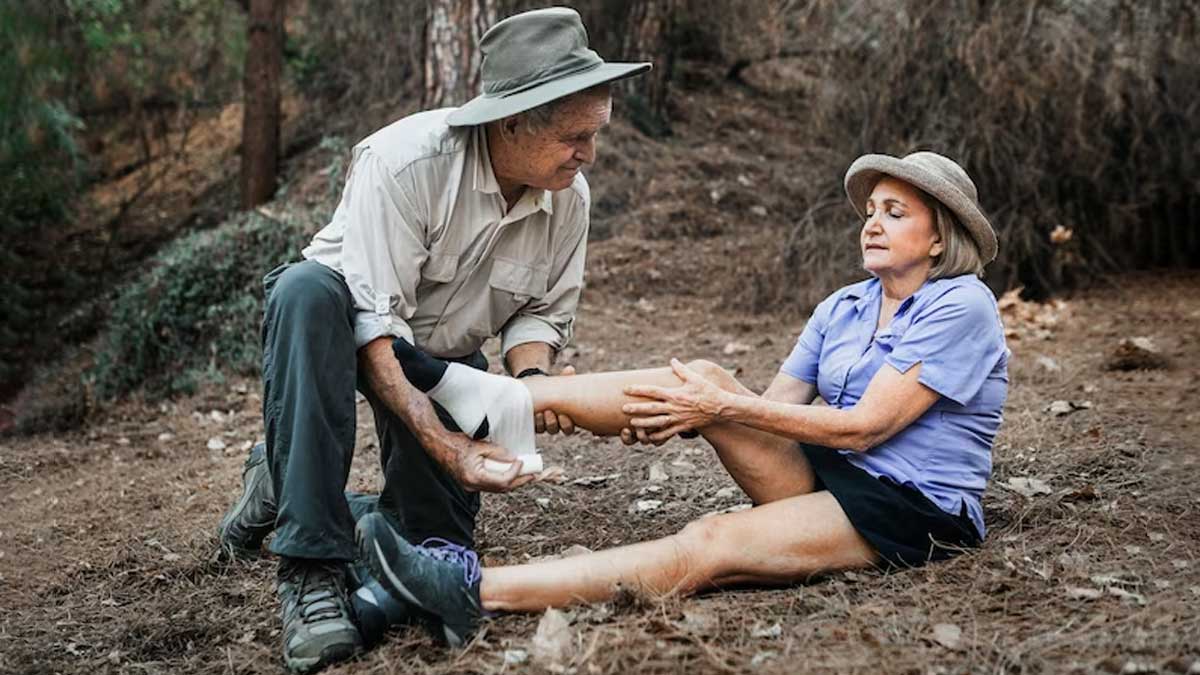
Have you ever been caught in a first aid emergency where you don't know what to do? It becomes important to be prepared and not panic at such times. The urgent care given to an ill or injured individual is known as first aid. It is a means to keep someone alive and stop their condition from worsening until they seek help from an external source. Here are six basic first-aid skills everyone should learn.
Table of Content:-
Six Basic First Aid Skills

CPR
Cardiopulmonary resuscitation is one the most important first aid skill that should be learnt. It entails giving a non-breathing unconscious person artificial ventilation to save their life. It helps deliver oxygen to the lungs and brain and increases the chances of survival during cardiac arrest. Click here to learn the correct way to give CPR.
How To Handle Shock
Shock can result from a lack of blood flow to the brain and an allergic reaction, an incident, a disease, or an infection. Make sure they are warm and are lying still with their feet raised. Refrain from giving them any liquids, fasten their belts, and loosen their clothes. If the patient cannot breathe, you may need to administer CPR.
Also Read: Doctor's Guide On Giving First Aid For Traumatic Injuries
Severe Bleeding
Many people meet with accidents or get injured, which can result in severe bleeding. At such critical times, it becomes important not to tremble and take necessary measures to avoid fatalities. Applying pressure to the wound—ideally with a sterile bandage, but any article of clothing will suffice in an emergency—is the most efficient technique to stop excessive bleeding. In addition, hold the affected area in an elevated position to reduce blood flow.

Cleaning A Wound
Cleaning an infected wound right away is crucial since it can cause significant health issues like infections. You should clean your hands before touching the wound to avoid contact with bacteria on your wound. Now clean the wound with an antiseptic solution or water and apply the ointment. In case of bleeding, search for a fresh piece of cloth or any other absorbent material and press firmly against the bleeding area until it stops. Use an adhesive bandage next to seal off the wound from microorganisms, and replace it at least once daily until it heals.
Also Read: Low Blood Pressure, Or Hypotension: Symptoms, First Aid For Emergencies, Prevention Tips
Heimlich Maneuver
A person who cannot speak, cough, or breathe due to severe choking may lose consciousness. The Heimlich Manoeuvre can release whatever is stuck in someone's airways if they are choking. This can perhaps save their lives or prevent them from brain damage. Stand behind the choking patient, wrap your arms around them while they are standing and place your fist between their belly button and the ribcage. Deliver quick upward thrusts until the object is released. You should note that this should be performed on toddlers or pregnant women.
Choking In Toddlers
It is not advisable to perform Heimlich Maneuver on a toddler; therefore, hold the baby with their face down, keeping the palm of one hand to support their neck and jaw. Next, use the heel of the other hand to slap them over five times between their shoulder blades until the thing is released. If this does not work, try giving your baby chest thrusts.
Also watch this video
How we keep this article up to date:
We work with experts and keep a close eye on the latest in health and wellness. Whenever there is a new research or helpful information, we update our articles with accurate and useful advice.
Current Version